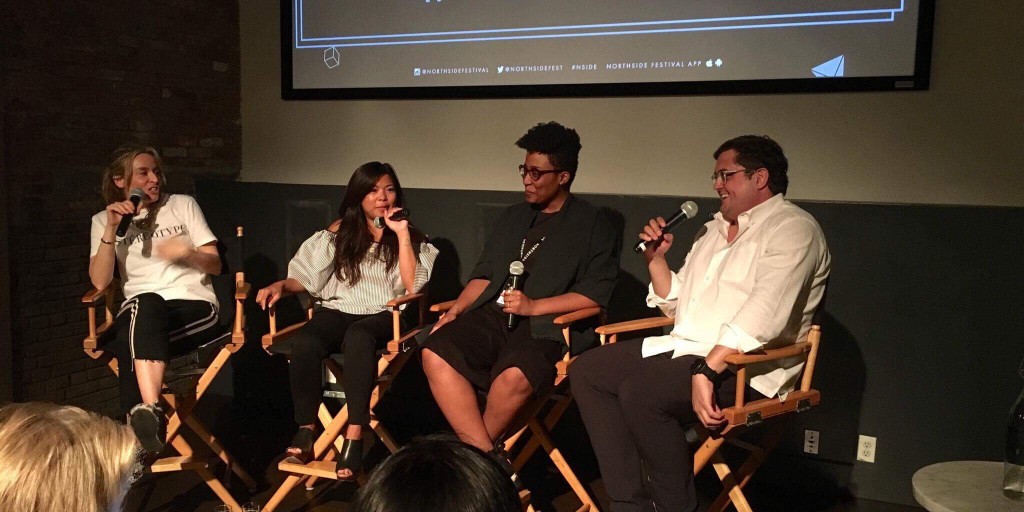NEW YORK — Earlier this summer, I was part of a Northside Festival panel with Jen Rubio, co-founder of the luggage brand Away. In our talk about modern brand building, she recounted a story about a customer who fell in love with Away after the company fixed this person’s broken suitcase.
The story stuck with me for two reasons. First, it stood out as a powerful example of superior customer service in action: Fix the problem first; ask questions later. Second, Jen’s explanation of the thinking behind this was impressive: The fact that the broken item was the customer’s fault was moot; what mattered was the making that customer feel like they mattered, that their experience with an Away suitcase didn’t just end at the moment sale.
To be sure, Away is a special case. The reality, of course, is that for every Away there are — to use one example — several Stone & Strands. This company, a jewelry aggregator, illustrates the dark side of the consumer-focused upstarts that’s often ignored because it doesn’t make for a positive ‘startup’ story.
The reality is that buying something from Stone & Strand is a comparatively risky endeavor. Buy an engagement ring there, and it’s very possible that your marriage will end up lasting longer than the ring. Ask for the ring to be fixed and you’ll be told that the problem is yours and that there’s nothing they can do.
Though there are plenty of luxury-focused upstarts who are doing their very best to rethink customer service and stale business practices, a bad egg like Stone & Strand, provides an example of short-term thinking that emerging brands would be wise to avoid. In highlighting three common “new brand” mistakes, here’s how they can do so:
Mistake No. 1 — Develop product or service first; worry about the brand later.
This is a common mistake among the startup set. All their attention and resources are spent on creating a proof of concept and the product-market fit, even long after they’ve been in business. In this scenario, there is little investment left for the brand, which is considered as something in the domain of “nice to have” versus “must have”.
Without the brand, however, a company will soon find itself falling back on sales tactics and discounts to lure customers in. That’s hardly the path to long-lasting sustainability. The fact is, product-service design and brand design must happen simultaneously, and every product and service decision needs to also be a brand decision. It not only helps a company know who it is, what business it’s truly in, what it’s working towards (and how), it will also holds the entire team accountable to the brand’s values.
In short: Brand acts as the North Star in all business decisions and customer interactions.
Mistake No. 2 — Saving the money at any cost.
Startups are lean operations, which often leads to bad business decisions. Skimping on customer service staff and resources is one of them. Stone & Strand’s customer “service” is a twenty-something who informed me that she had “considerable” experience in handling customer issues. It turned out this considerable experience amounted to five years. Sending a girl to do a woman’s job is a bad look. Do not ever leave your customers feeling shorthanded. Do not ignore their complaints on social media in the hope that they will quietly go away. They never do.
The first rule of startup business — and just about any other business — is to put the customer first. Amazon built its empire on it. You can’t compete with the customer expectations they set if you do not do the same. It’s better to spend to make a customer happy than risk having a person who is going to tell others about their bad experience. In the long run, that will prove to be the true money-saving approach.
Mistake No. 3 — Thinking the (good) rules don’t apply to them.
Ever since Warby Parker became a darling of business school case studies on disruptive innovation, the press has been falling over themselves to give glowing coverage to just about any emerging, VC-backed brand in that mold.
The narrative arc has been a very attractive one: The old Goliaths of industry are being outmaneuvered by smarter, nimbler Davids. In this scenario, the big legacy companies are the losers, and the small newcomers are the winners. High on praise, a great number of startups believe they can get away with just about anything (Uber, Google) or that they the established rules of the industry — including the legal and ethical ones — simply do not apply to them. This sort of thinking created an environment for arrogant startup founders to thrive, adhering to no rules and operating under the assumption that they are better than their own customers. Without question, that’s a dangerous and myopic proposition.
Reporting Queue
-
Nadine Kahane
-
Ana Andjelic






